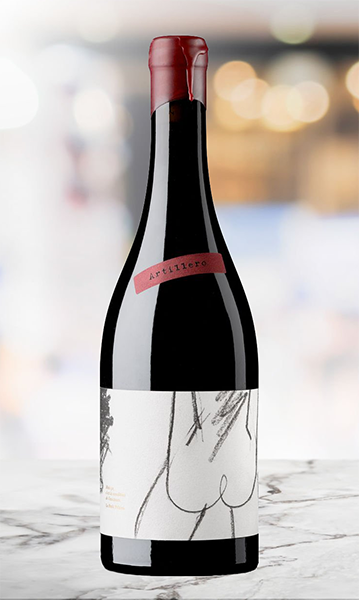
If you tend to avoid wines you can’t pronounce, gewürztraminer (geh-WURZ-tra-meen-er) is likely one of them. But if you’re never tried this aromatic stunner, you’re really missing out on a fascinating experience, as it’s a variety that can’t be easily compared to anything else.
Genetically, the grape is linked to sauvignon blanc, which carries a few synonyms, including savagnin and traminer. Gewürz, quite literally, means spicy, so gewürztraminer translates to “spicy traminer.”
What Does Gewurztraminer Taste Like?
Gewürztraminer’s aromas and flavors are as exotic as they come, and if you’re one to step outside the realm of the ordinary on occasion, look no further. You’ll find pronounced aromas of lychee fruit, rose petals, and spice on the nose, which are often echoed on the rich palate.
The wine can be light and crisp, such as you’d find in the Alto Adige region of Northern Italy, or full-bodied and rich like those from the Alsace in France.
And before you assume that all gewürztraminer is sweet, you’ll find most to be remarkably dry, although there are plenty of off-dry and late harvest examples out there as well. The perception of sweetness is often due to its naturally high levels of glycerol, which make the wine more unctuous on the palate. A peek at the label will often tell the true story, as most gewürztraminer is in the range of 13˚ ABV or more, which would indicate a dry wine.
Where to Find Gewürztraminer
Gewürztraminer hits its stride in the Alsace region of France, which encompasses the Black Forest region along the border with Germany.
In the Alsace, you’ll find many very high-quality Grand Cru gewürztraminers as well as some labeled “Vendange Tardive,” which translates to select late harvest. Vendange Tardive isn’t always exceedingly sweet, and many are not even sweet enough to be considered a dessert wine. In Germany, you’ll find sweeter versions labeled Auslese, Beerenauslese (BA), and Trokenbeerenauslese (TBA).
Gewürztraminer tends to do best in cool climates like Germany, Northern France, and the Alpine regions of Northern Italy, Switzerland, and Hungary, where winegrowers can retain the aromatics and control the potential alcohol levels. However, you’ll also find it in warmer regions, like California, Australia, and Chile, where the best examples must be harvested early enough to maintain a solid backbone of acidity.
How to Pair Gewürztraminer with Food
Gewürztraminer styles can range drastically, depending on where the grapes are grown. However, as it tends to be quite powerful in terms of its flavor profile, it’s best enjoyed with foods that can stand up to its texture and complexity. For this reason, it pairs well with Asian cuisines, like Thai, Chinese, Szechwan, Indonesian, and Indian.
Dry gewürztraminer is lovely on its own or paired with salty, spicy appetizers. Pair it with all kinds of Asian cuisine, especially dishes that have lots of ginger. Sweeter versions pair well with dried fruits and nuts, pungent soft cheeses, or apple-based desserts, like a tart tatin, or even just an old-fashioned apple pie à la mode.
And though most wine can be paired with any food, beware of trying to pair it with anything with a delicate flavor as the wine could easily overwhelm the dish.
Are you ready to enrich your palate? Sign up for a wine club subscription today and discover a world beyond chardonnay.



